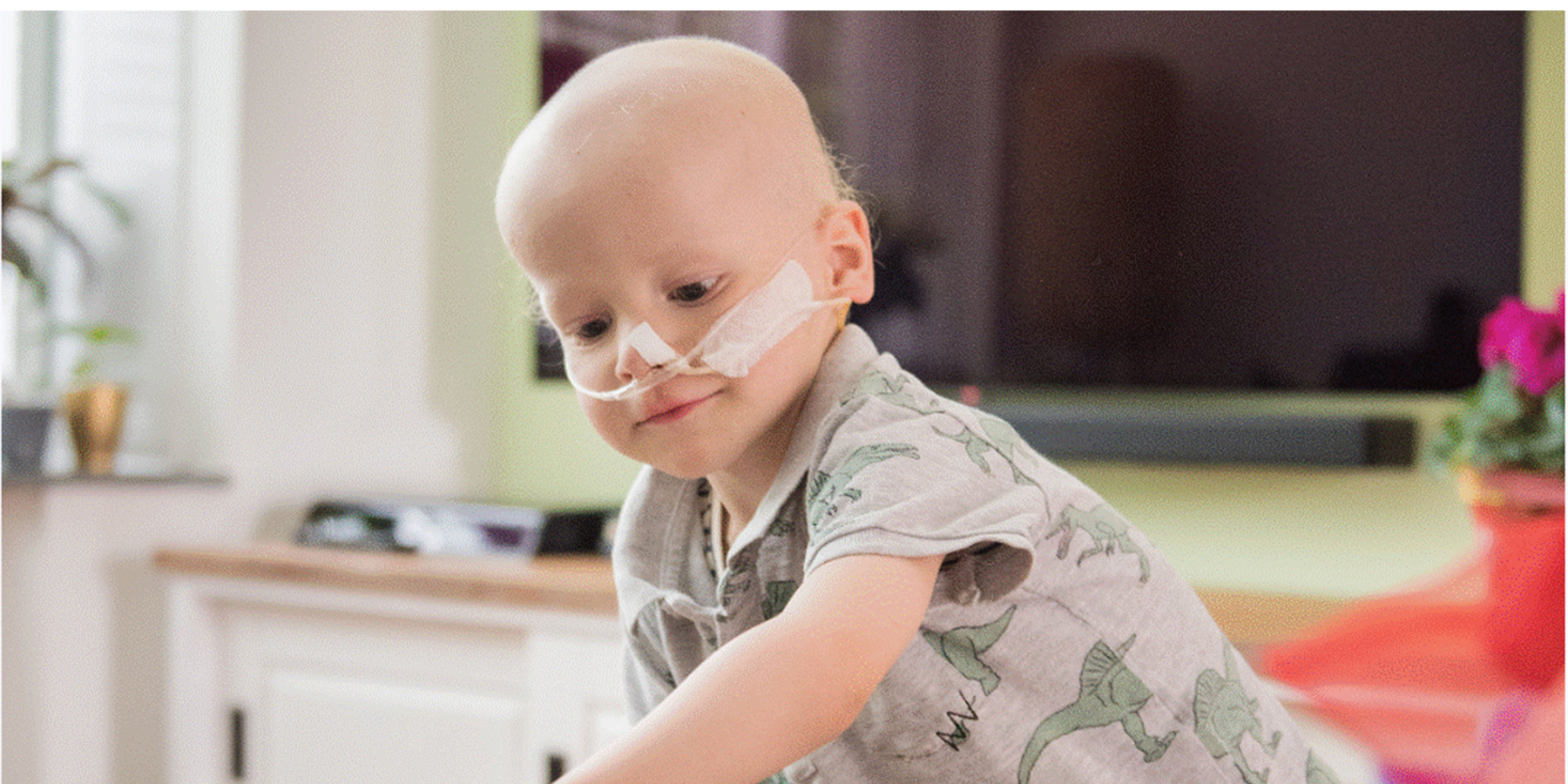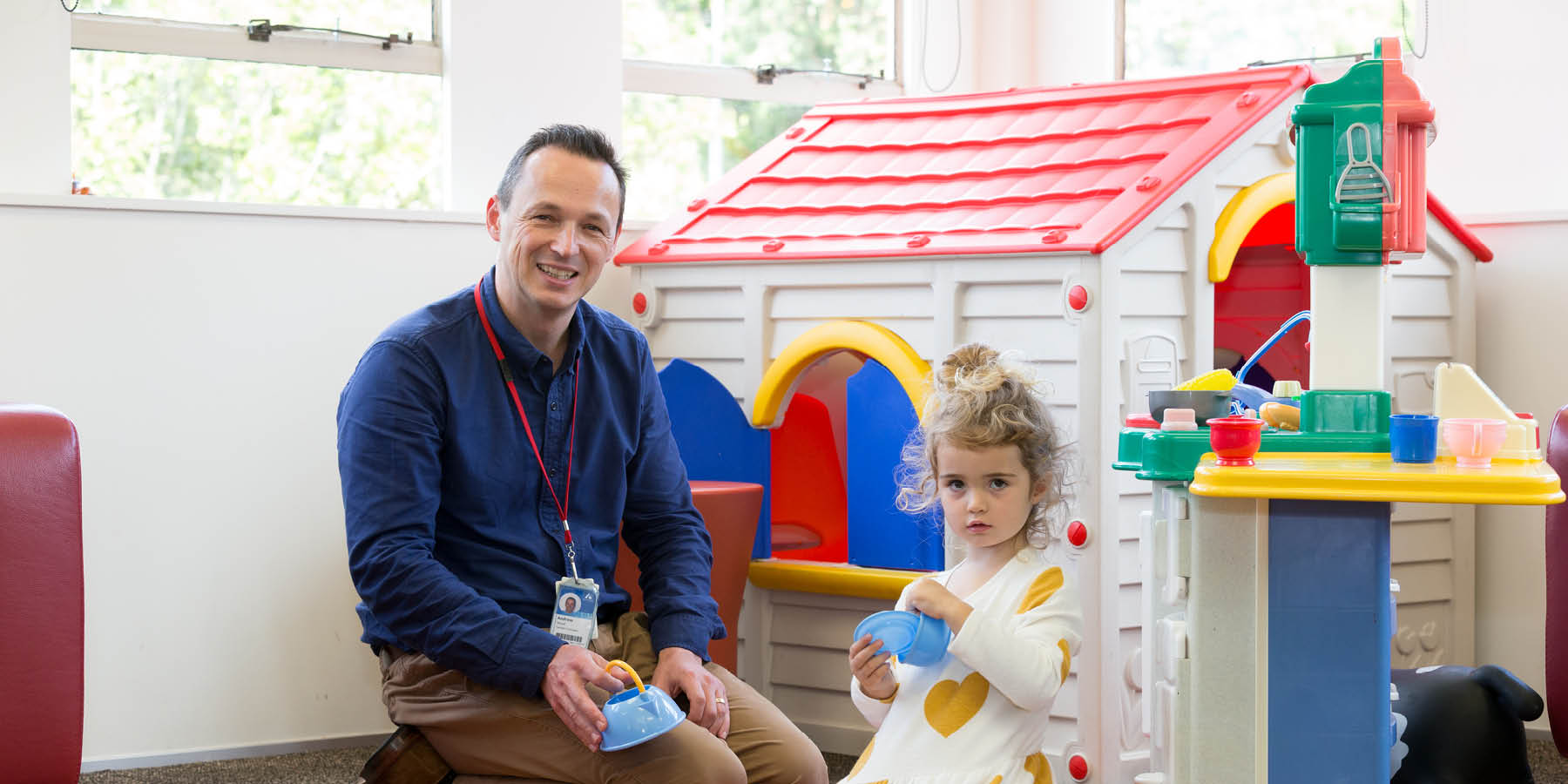Childhood Cancer Glossary
There are many complex terms used to describe different aspects of childhood cancer. This glossary explains some of the most common terms that doctors and other health professionals may use.
For explanations about some of the different types of cancer affecting children in New Zealand, go to this page.
Anaphylaxis
An allergic reaction ranging from relatively mild (hives) to very serious (shock).
Biopsy
When a small sample of tumour is taken from the body and looked at under a microscope.
Blood transfusion
Extra blood may be given when the body’s blood supply is low.
Bone marrow
A thick, spongy liquid inside the bones which makes all kinds of blood cells: red blood cells that carry oxygen, white blood cells that fight infections and platelets that help blood clot.
Bone marrow aspiration
A needle is put into the pelvic bone and bone marrow is drawn out. This is usually done in theatre under general anesthetic.
Bone marrow transplant
A procedure which allows a new set of blood-forming cells to develop into healthy new red and white cells and platelets. This involves a lengthy stay in hospital.
Cancer
The body is made up of millions of tiny cells that form things our bodies need – such as blood, muscle or bone. When cells divide and make new cells too quickly and do not do their job properly, a lot of damaged cells are made instead. They stop the good cells from working properly. This is called cancer.
Learn about some of the different types of cancer affecting children here.
Central Line/Portacath
A long plastic tube that is inserted, under anesthetic, into a large vein near the heart. Central lines are used to take blood samples and give blood and medicines.
Chemotherapy
A mixture of different medicines which work against the cancer cells. They may affect normal cells as well and have various side effects.
Clinical trial
A study that evaluates new drugs or procedures. After these new drugs or procedures are tested in laboratories, clinical trials are conducted with human patients under strictly controlled circumstances. Such trials usually last 2-4 years and go through several phases of research.
CT scan/MRI
Scanning machines that take pictures of the inside of the body.
Diagnosis
Identifying a disease by its signs or symptoms and by using imaging procedures and laboratory findings.
Immunocompromised
Having a weakened immune system. People who are immunocompromised have a reduced ability to fight infections and other diseases. This may be caused by certain cancer treatments, such as chemotherapy, radiation therapy, and stem cell or bone marrow transplant.
Late effects
Unfortunately, the challenges of childhood cancer often don’t end when the treatment ends. Many childhood cancer survivors will have to endure the lifelong health challenges their cancer leaves behind.
The type of late effects experienced by children with cancer depend on the treatment they received, as well as the age at which they received that therapy. Find out more here.
Lumbar puncture
A needle is used to take spinal fluid from the spine and sometimes medicines are put in. This is usually done in theatre under general anesthetic.
Metastasis
When the cancer has spread to a different part of the body from where it started.
Oncologist
A doctor who treats patients who have cancer; paediatric oncologists treat kids with cancer.
Oncology
The branch of medicine concerned with the diagnosis and treatment of cancer.
Palliative treatment
Treatment that relieves symptoms, such as pain, but is not expected to cure the disease. The main purpose is to improve your quality of life.
Prognosis
An estimate of how well a person’s treatment is working and how likely or unlikely it is that the cancer will come back.
Radiotherapy
Very powerful X-rays that work against cancer cells.
Relapse
The reappearance of cancer after it has been treated.
Remission
When cancer symptoms disappear or are significantly reduced.
Side Effects
Side effects are the unintentional consequences of chemotherapy and radiotherapy. They may include hair loss, nausea, learning difficulties and weight changes.
Stem cells
Early cells found primarily in the bone marrow from which all types of blood cells develop.
Stem cell transplant
A procedure that involves introducing stem cells into the body in the hopes that the new cells will rebuild the immune system.
Tumour
When damaged cells stick together to form a lump, that lump is called a tumour (cancer). Diseases that have tumours can include osteosarcoma, Ewing’s sarcoma, Wilms tumours, brain tumours, neuroblastoma, retinoblastoma and rhabdomyosarcoma. These are different from leukaemia, which is a disease of the white blood cells.


